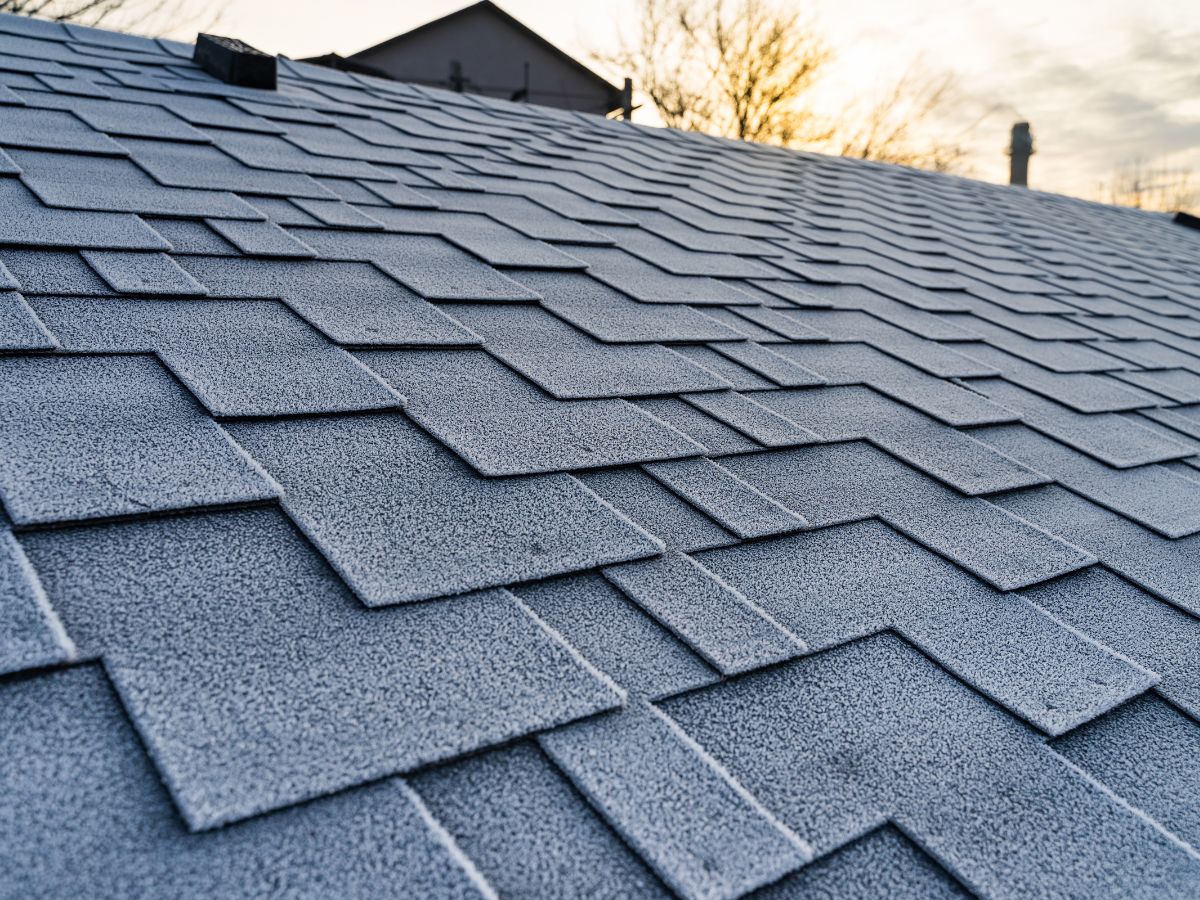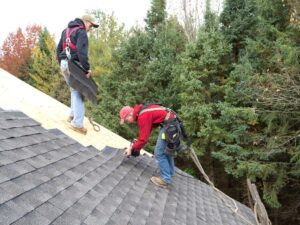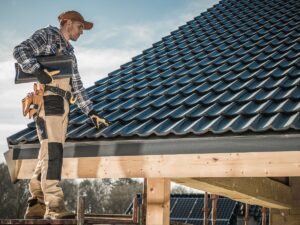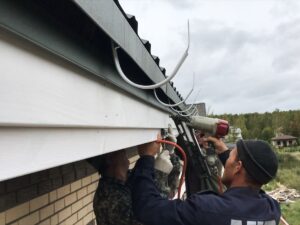Starter shingles play an important role in roofing systems. They form a vital part of the overall roofing structure. They act as the first line of defense against wind and water, installed at the roof’s edges to create a secure barrier. They stop leaks & make sure everything fits correctly. This makes the roofing system last longer. Starter shingles also minimize the risk of damaging water infiltration. Understanding their role provides valuable insight into maintaining a roof’s performance amidst harsh weather conditions. More details await.
Key Takeaways
- Starter shingles are the first layer of roofing, providing a critical barrier against wind and water infiltration at the roof’s edges.
- They create a secure seal that prevents moisture penetration, reducing the risk of leaks and costly damage.
- Designed specifically for eaves and rakes, starter shingles ensure proper alignment for aesthetic appeal and effective installation of regular shingles.
- Made with enhanced adhesive properties, starter shingles are thinner and serve as an initial waterproofing layer compared to standard field shingles.
- Skipping starter shingles can lead to water leakage, poor alignment, and decreased wind resistance, compromising roof performance.
What Are Starter Shingles and Why They Matter
Starter shingles are a crucial component in roofing systems, designed to provide an effective barrier against wind and water infiltration. These specialized shingles are installed at the eaves and rakes of a roof, serving as the first layer of protection. Their unique design helps to ensure that the primary roofing material adheres securely while preventing leaks, which can lead to costly damage over time.
Homeowners often wonder, “Are starter shingles necessary?” The answer is a resounding yes. Without starter shingles, roofs become vulnerable to wind uplift and water penetration, compromising their integrity.
By using starter shingles, contractors can enhance the overall durability and longevity of a roofing system. This essential element not only supports the primary shingles but also plays a vital role in maintaining the roof’s performance during harsh weather conditions.
Understanding the importance of starter shingles can help homeowners make informed decisions about their roofing needs.
What Are Starter Shingles Used For in Roofing Systems

While many homeowners focus primarily on the visible shingles of their roofs, the role of starter shingles is equally significant in ensuring a robust roofing system. For those wondering what are starter shingles used for, they serve as the first line of defense against water infiltration.
These shingles are specifically designed to create a secure seal at the roof’s edges, preventing wind-driven rain and moisture from slipping underneath the primary shingles.
Additionally, starter shingles provide a level surface for the first row of regular shingles, ensuring proper alignment and enhancing the roof’s overall aesthetic appeal.
By understanding what starter shingles are used for, homeowners can appreciate their importance in extending the life of the roof and maintaining its integrity.
These shingles not only contribute to effective drainage but also help in minimizing the risk of leaks, making them an essential component of any roofing system.
Difference Between Starter Shingles and Regular Shingles
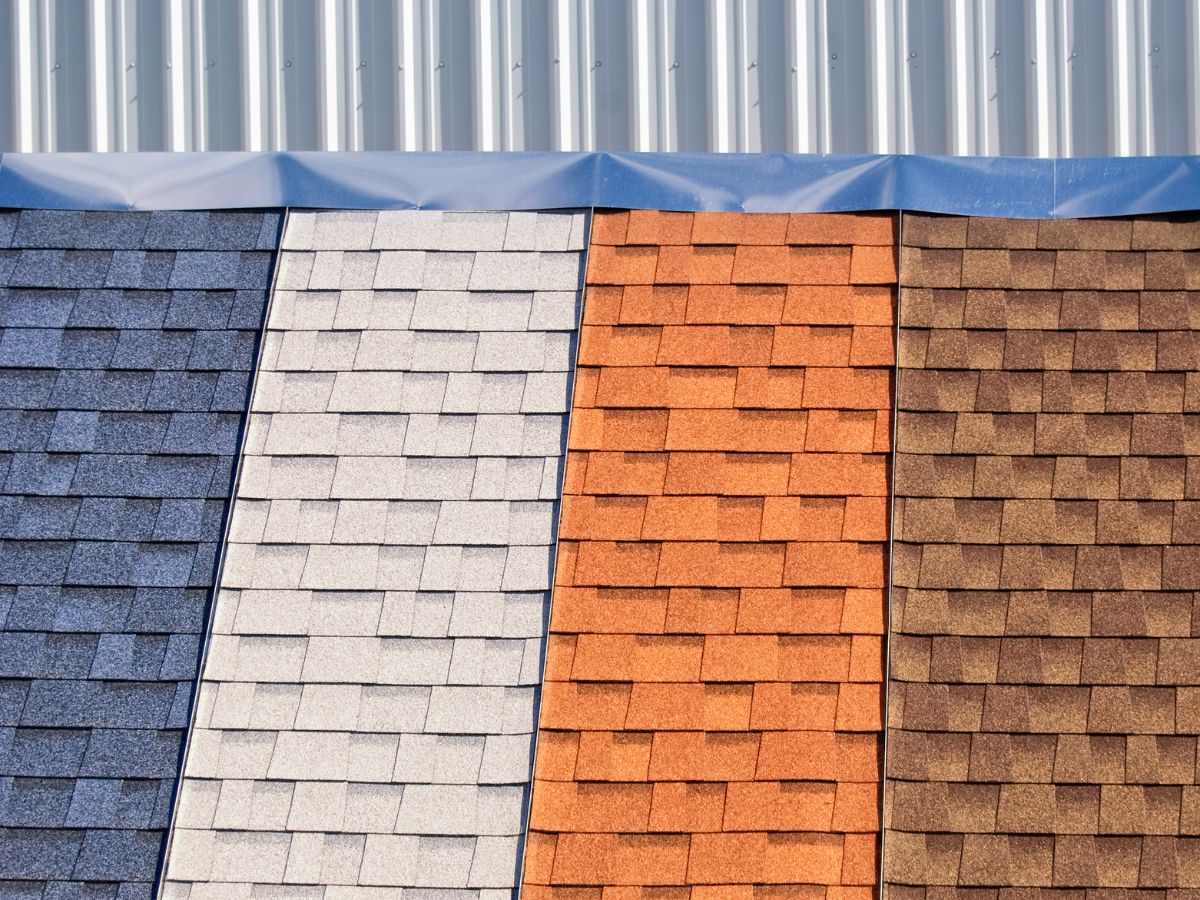
Although both starter shingles and regular shingles are integral components of a roofing system, they serve distinct purposes and have different designs.
Starter shingles, specifically designed to be placed at the eaves, provide a secure foundation for the first row of regular shingles, ensuring an effective seal against wind and water infiltration.
Regular shingles, or field shingles, cover the majority of the roof, offering aesthetic appeal and protection from the elements.
The primary question many homeowners ask is, “What are starter shingles?” These specialized products help prevent leaks and ensure the longevity of the entire roofing system.
Additionally, when considering a new roof, one might wonder, “Do you need starter shingles?” The answer is yes, as they are essential for proper installation, enhancing the roof’s performance and durability.
Understanding the difference between these two types of shingles is crucial for effective roofing maintenance and installation.
Material and Design Differences Between Starter and Field Shingles

Understanding the material and design differences between starter shingles and field shingles is essential for homeowners considering a new roofing system. Starter shingles typically feature a unique shape and construction designed to create a secure base for field shingles. They often have a more adhesive backing to enhance their gripping power, ensuring they withstand wind uplift and prevent water intrusion.
| Feature | Starter Shingles | Field Shingles |
| Shape | Cut to fit roof edges | Standard rectangular format |
| Adhesive Backing | Enhanced adhesive properties | Standard adhesive |
| Thickness | Thinner for easy installation | Thicker for durability |
| Purpose | Initial waterproofing layer | Primary roofing coverage |
| Installation Method | Specific techniques required | General shingle installation |
Understanding these differences is crucial when learning how to install starter shingles effectively, as they are vital for the overall performance of the roofing system.
Installation Methods for Starter Shingles

Proper installation methods for starter shingles are fundamental to achieving an effective roofing system.
First, it is essential to position the starter shingles along the eaves of the roof, ensuring they overhang slightly to direct water into the gutters. The shingles should be installed with their adhesive strips facing up and aligned with the edge of the roof. A staggered pattern is recommended to enhance water resistance; this involves offsetting the starter shingles from the field shingles above them.
Using roofing nails, installers should secure the starter shingles, placing them at intervals specified by the manufacturer to prevent wind uplift.
Additionally, it’s important to ensure that the shingles are properly sealed at the adhesive strips to create a watertight barrier. Following these methods will not only optimize the roof’s performance but also extend its lifespan, providing homeowners with lasting protection against the elements.
Common Mistakes When Skipping Starter Shingles During Installation

Many homeowners underestimate the importance of starter shingles, often opting to skip this crucial component during roof installation. This oversight can lead to several significant issues that compromise the roof’s integrity.
- Increased Water Leakage: Without starter shingles, water is more likely to seep under the first row of shingles, leading to leaks and potential structural damage.
- Poor Shingle Alignment: Skipping starter shingles can result in misalignment of the roofing materials, causing uneven wear and aesthetic issues.
- Decreased Wind Resistance: Starter shingles provide essential anchoring for the roofing system. Omitting them can reduce the roof’s ability to withstand strong winds, increasing the risk of shingle blow-off.
Choosing the Right Starter Shingles for Roof Replacement Projects

When planning a roof replacement, selecting the right starter shingles plays a vital role in ensuring the system’s effectiveness and longevity. Homeowners should consider several factors when making this choice.
First, compatibility with the existing roofing material is crucial; starter shingles should match the type and color of the main shingles to maintain aesthetic consistency.
Additionally, evaluating the weather conditions in the area is important, as certain materials offer better resistance to wind, rain, and temperature fluctuations.
It’s also advisable to choose starter shingles specifically designed for the roofing system in use, as these are engineered to enhance performance.
Exploring options from reputable manufacturers can provide peace of mind regarding quality and durability.
Lastly, consulting with a knowledgeable roofing contractor can offer tailored recommendations, ensuring that the selected starter shingles will effectively protect the roof and extend its lifespan.
FAQ: Starter Shingles in Roofing Systems
Are starter shingles necessary for every roof?
Yes, starter shingles are essential for every roof. They form the first line of defense at the roof’s edges, protecting against wind uplift and water infiltration. Without them, your roofing system becomes vulnerable to leaks, misalignment, and reduced durability, especially in harsh weather.
Do you need starter shingles when installing dimensional shingles?
Absolutely. Dimensional shingles, like any other type, require a secure foundation at the eaves and rakes. Starter shingles provide the proper seal and alignment needed to prevent moisture intrusion and ensure the dimensional shingles perform as intended.
How to install starter shingles correctly?
Starter shingles should be installed along the eaves first, slightly overhanging to direct water into the gutters. Place the adhesive strip facing up and aligned with the roof edge. Secure them with roofing nails according to the manufacturer’s guidelines. Offset them from the field shingles above to improve water resistance and create a tight seal.
Do starter shingles affect my roof warranty?
Yes, they can. Many roofing manufacturers require proper installation of starter shingles as part of their warranty conditions. Skipping or incorrectly installing them may void the warranty, as it compromises the roof’s performance and protection capabilities.
Final Thoughts
Starter shingles are more than just a roofing accessory they are a critical first step in building a strong, weather-resistant roof. Their primary role in sealing roof edges and preventing wind and water infiltration helps maintain structural integrity and extend the life of the entire system. Skipping them can lead to costly mistakes like leaks, misalignment, and poor wind resistance. Whether you’re a homeowner evaluating roofing options or a contractor planning an installation, understanding the purpose and proper use of starter shingles ensures a more durable and efficient roof.
If you’re planning a roofing project, trust Kevin Phillips Roofing for expert craftsmanship backed by over 40 years of experience. Our team ensures every layer—from starter shingles to the final row—is installed to the highest standards. For guidance on choosing the right materials and working with a trusted local contractor, explore our tips on how to find the best residential roofing contractor near you.
📞 Ready to protect your home with quality roofing installation? Contact Kevin Phillips Roofing today to request a free estimate.

